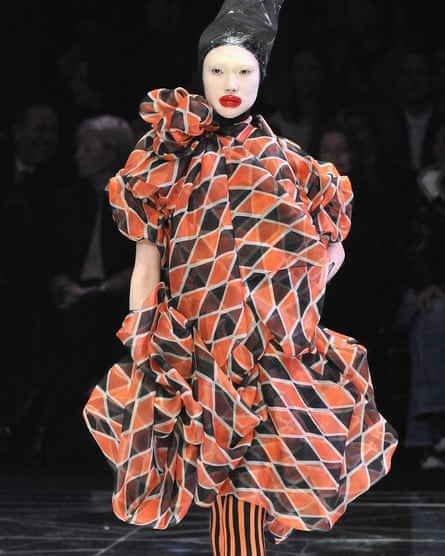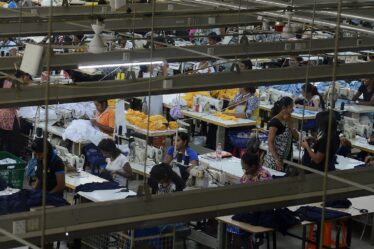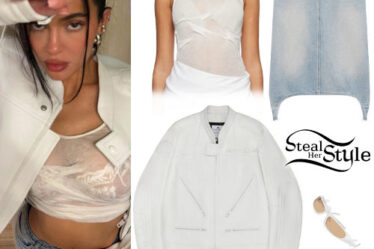
A few months ago, on a weekend away by the sea, a friend and I stumbled upon one of those rare, unspoiled vintage stores. The kind with mannequins wearing hats, and racks squished full of Catherine Walker blazers, Burberry trench coats and one particularly fabulous pair of gold Collette Dinnigan trousers.
The cardigan-clad owner of the store overheard our chat about the clothes and came out from behind the counter to talk us through her favourite pieces. She was particularly proud that Catherine Walker was one of Diana, Princess of Wales’ favourite designers.
The secondhand clothing market is experiencing a rapid rise. It is expected to grow 16 times faster than the retail industry by 2026, which is exceptionally good news for the planet. But the experience in the store and the mention of the original influencer – Diana – left me wondering: what does it take for a garment or accessory to retain its value on the resale market?
This is the first of a two-part series on the secondhand market. Next week will include expert advice on how to sell your vintage or pre-loved items.
Quality over quantity
It’s a maxim that can seem quaint in the era of fast-fashion hauls but in the world of resale, quality is the biggest determining factor in an item retaining its value.
A spokesperson for the luxury resale platform Vestiaire Collective says, “Our community is interested in investing and buying quality pieces that last the test of time”.
This perspective extends to the broader market too. Trends and category manager of the resale platform Depop, Agustina Panzoni, says, “Well-made items are always a good bet for maintaining their value on the resale market over cheaply made fast-fashion items which are inherently less durable”.
The Global Head of Partnerships and General Manager ANZ of AirRobe, Beth Glancey, says that, generally, “brands with low price points (think $50 and under) tend not to sell quickly. The value of these items in the secondhand market are perceived to be less – and therefore demand is lower”.
Play hard to get
Another factor that contributes to an item’s resale popularity is how hard it is to find and buy. Pieces that are scarce, that were made in limited runs, or from brands that rarely go on sale, are in higher demand.
According to Vestiaire, items from rare vintage collections made by old, French luxury houses like Dior and YSL, or the late British designer, Alexander McQueen, are “a great investment”.
This extends to the other end of the scale: more trend-focused, newer labels with loyal followings also garner people’s attention online. Panzoni says, “Cult brands, one-offs or rare items, brand collaborations like Ganni x Juicy Couture are set to increase in value on the resale market.”
On repeat
Other items that do well are staple wardrobe or high-rotation pieces like classic-cut denim and trench coats. “These items are often worth paying a little extra for as you’ll wear them on repeat, and you need quality that will last. These items are far more likely to retain their value on a resale platform,” says Panzoni.
This is also true for more functional items like puffer jackets and raincoats. Panzoni says, “Since August, we’ve seen a 200% spike in searches for the North Face puffer, a classic style that continues to be popular on Depop year on year, especially as the seasons turn and the weather begins to get colder”. Other in-demand items are trainers, sneakers and cargo pants.
How to spot a trend
There is also an art to reselling that involves keeping an eye on social media and the news to capitalise on moments in the zeitgeist. Vestiaire says there is a strong correlation between pop culture and consumers’ shopping habits. “For example, with the last premiere of The Crown’s new season we saw a demand on the app for the Lady Dior bag.”

Another recent cultural influence, Vestiaire says, was TV series And Just Like That – which increased the demand of “vintage pieces to the market such as the Dior Saddle [and] Fendi Baguette”.
But Panzoni says it’s important to discern between trends and micro-trends, and to keep all of the earlier advice about quality and timeless pieces in mind, if you don’t want to lose money. “It’s easy to get caught up in micro-trends, especially with celebrity and influencer social-media culture, but incorporating such items into your wardrobe can be costly, both to your pocket and the environment.”



